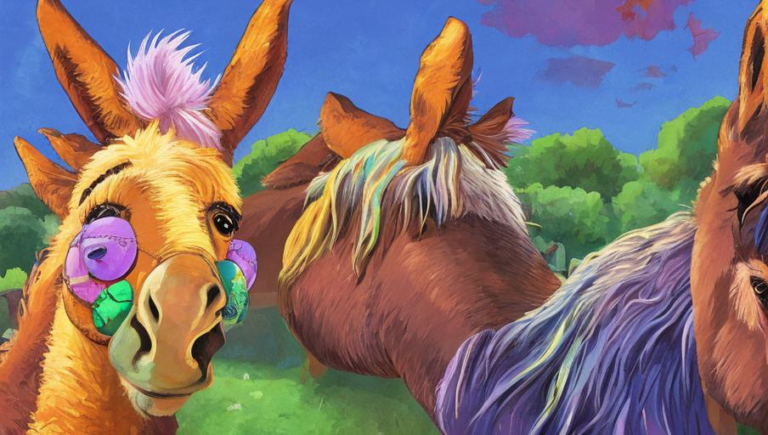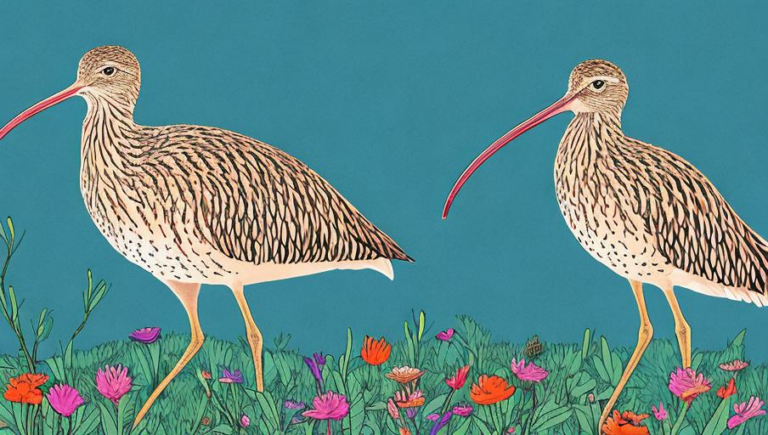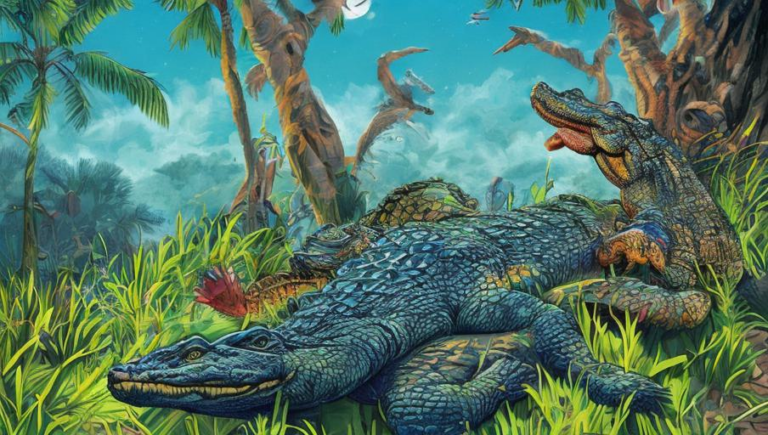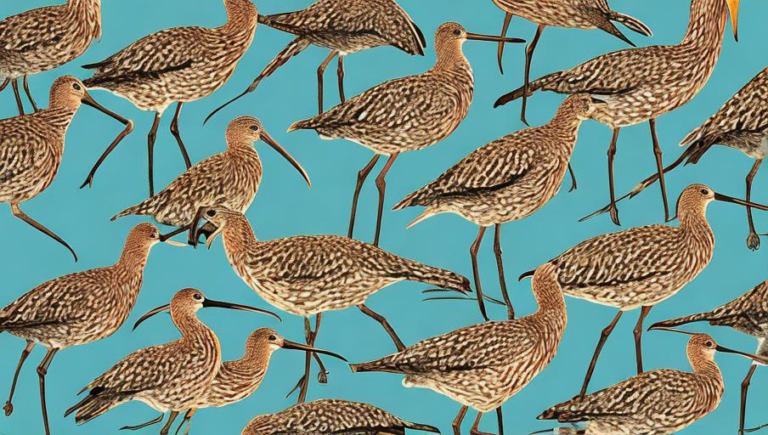Aardvarks: An Overview of Their Life Cycle

Introduction
The aardvark is a remarkable and unique creature that is native to Africa. It belongs to the order Tubulidentata, which is the only one of its kind in the world. Its name comes from the Afrikaans phrase meaning “earth pig” due to its resemblance to a pig.
Physical Characteristics
Aardvarks have a stout body, a long snout, and a long tail. They have a thick fur coat which is usually grayish-brown in color. They have long ears and large claws which they use to dig. Aardvarks can reach up to six feet in length and can weigh up to 150 pounds.
Habitat
Aardvarks are mainly found in grasslands and savannas. They make burrows in the ground or termite mounds to rest and hide from predators. They are nocturnal and are active during the night when they search for food.
Diet
Aardvarks mainly eat ants and termites, although they can also eat other insects and fruits. They use their long, sticky tongue to help them capture their prey. Aardvarks have a very strong sense of smell which helps them locate their food in the dark.
Reproduction and Life Cycle
Aardvarks are solitary animals, and they come together only to mate. After mating, the gestation period for aardvarks is about seven months. Once born, the mother aardvark will take care of the young for about two months before they are ready to venture out on their own. Aardvarks can live up to 15 years in the wild.
Conservation
The aardvark is classified as a species of least concern by the IUCN Red List of Threatened Species, but their population is still decreasing due to habitat loss and fragmentation. Efforts to protect their habitats and reduce threats to the species are needed to ensure their survival in the future.
Conclusion
The aardvark is a remarkable animal that is found only in Africa. They are solitary animals that feed mainly on ants and termites. They have a gestation period of about seven months and can live up to 15 years in the wild. The aardvark is currently listed as a species of least concern, but their population is still decreasing due to habitat loss and fragmentation. Efforts to protect their habitats and reduce threats to the species are needed to ensure their survival in the future.





